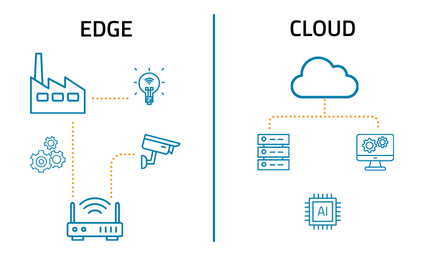Back to Blog
The Internet of Things Wins the Gold Medal in Rio
by Grid Connect Team
Every four years, the world’s best athletes come together to represent their countries and demonstrate their superior athletic ability. The spectacular showmanship displayed from the start of the opening ceremony, all the way to the end of the last competition, can make it hard to see some of the other amazing things that occur during the Olympics. The 2016 Rio Summer Olympics will include a variety of cutting-edge Internet of Things (IoT) technology that will assist in creating and improving the beautiful showcase of events that we have come to adore. The Olympics are often associated with the iconic image of the interlocking colored rings, but these might not be the rings people are thinking about after this year’s Olympics. There is a new set of internet-connected rings that will take the stage in Rio. Visa has developed an IoT ring that can be used as a payment method, thus replacing the need to carry around debit and credit cards. Athletes at the Olympic games will be provided with these rings as it is a burden to worry about carrying payment information around between events. These rings use Near Field Communication (NFC) technology, ensuring that the rings will only be able to operate when touched against a reader. In addition to this, they run on very low power and can be deactivated from a smartphone. If this technology proves to be secure and convenient for the world’s best athletes, it will definitely be something that will be brought to the market in the near future. Smart technology is not only making life more convenient for athletes, but it is also helping them stay healthy for the Olympics. Wearable technology makes it easier than ever to monitor the health of Olympians, allowing for them to perform at the highest level possible. One of the most innovate wearable solutions is the Hexoskin smart shirt, which is a Bluetooth shirt that is able to monitor things such as heart rate or breathing and sleeping patterns. This allows for a completely accurate analysis of an athlete’s body and can help them make the changes necessary to improve their performance. Additional improvements in wearable technology are being designed to ameliorate the performance of athletes in specific Olympic games. A prominent example of this technology can be observed in sensor that is attached to shoes called TUNE, which was created by Kinematix. These sensors allow athletes to monitor their feet when they are running, allowing for detailed insight on their running patterns. This can help provide suggestions on improving technique and form, as well as providing a running program optimized for anyone’s needs. Another useful technology that is making cycling more advanced is the smart cycling glasses, Solos, by Kopin. Cyclists can wear these glasses and be able to access real-time data on their performance from a smartphone. These technological advancements are among the many that are helping athletes improve in their competitions. The integration of wirelessly-enabled technology and physical performance has provided Olympians with the ability to increase their range of abilities. That being said, those athletes who do not utilize the innovative IoT technology will have a severe handicap when it comes to performance. Smart technology is not only helping Olympians succeed, but it is also helping the games be judged and monitored in more detail. There are a variety of sensors that are being used to provide more accurate and real-time analysis of Olympic games. The IoT is enabling many athletes to improve their skillset and bring home a prestigious gold medal.



